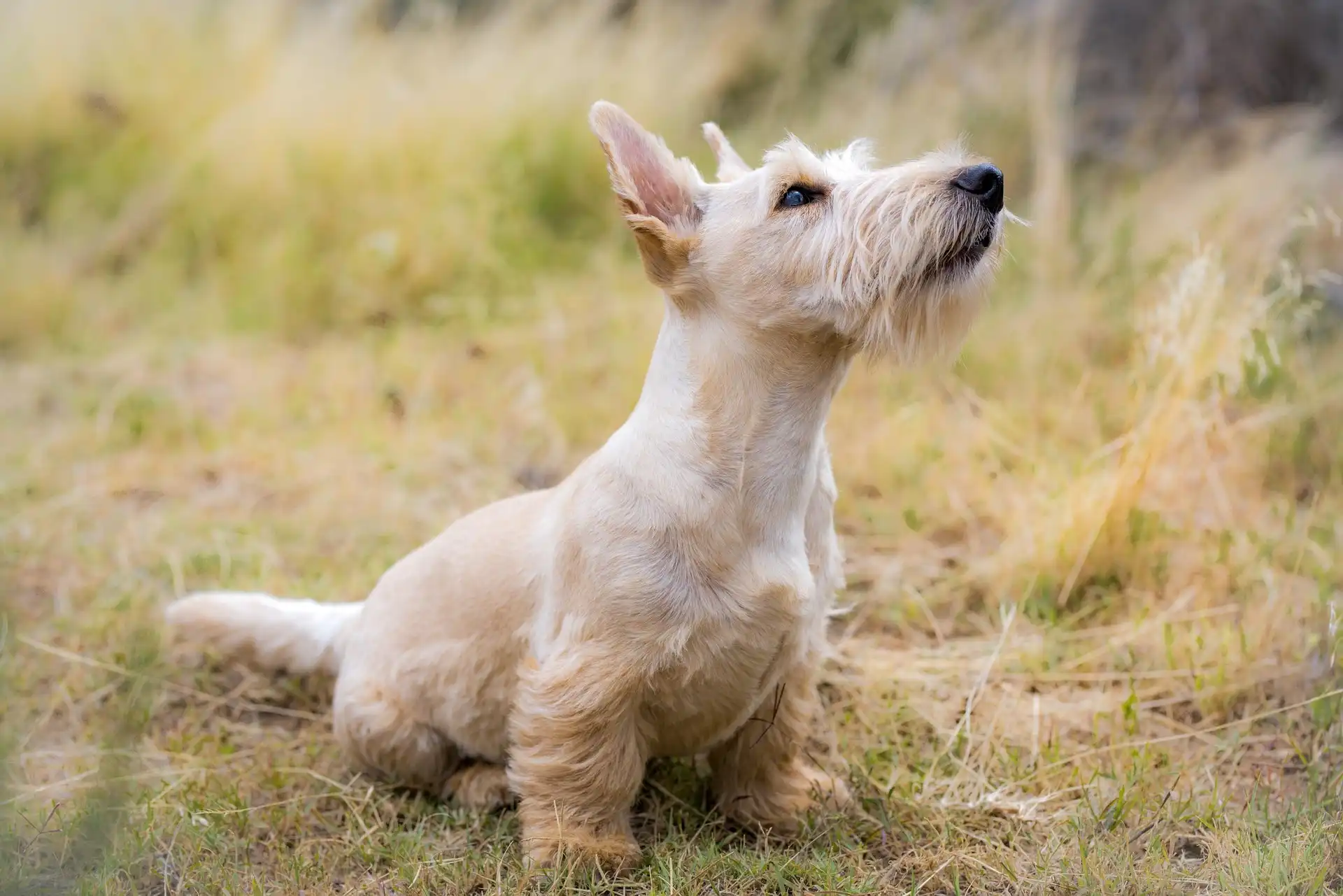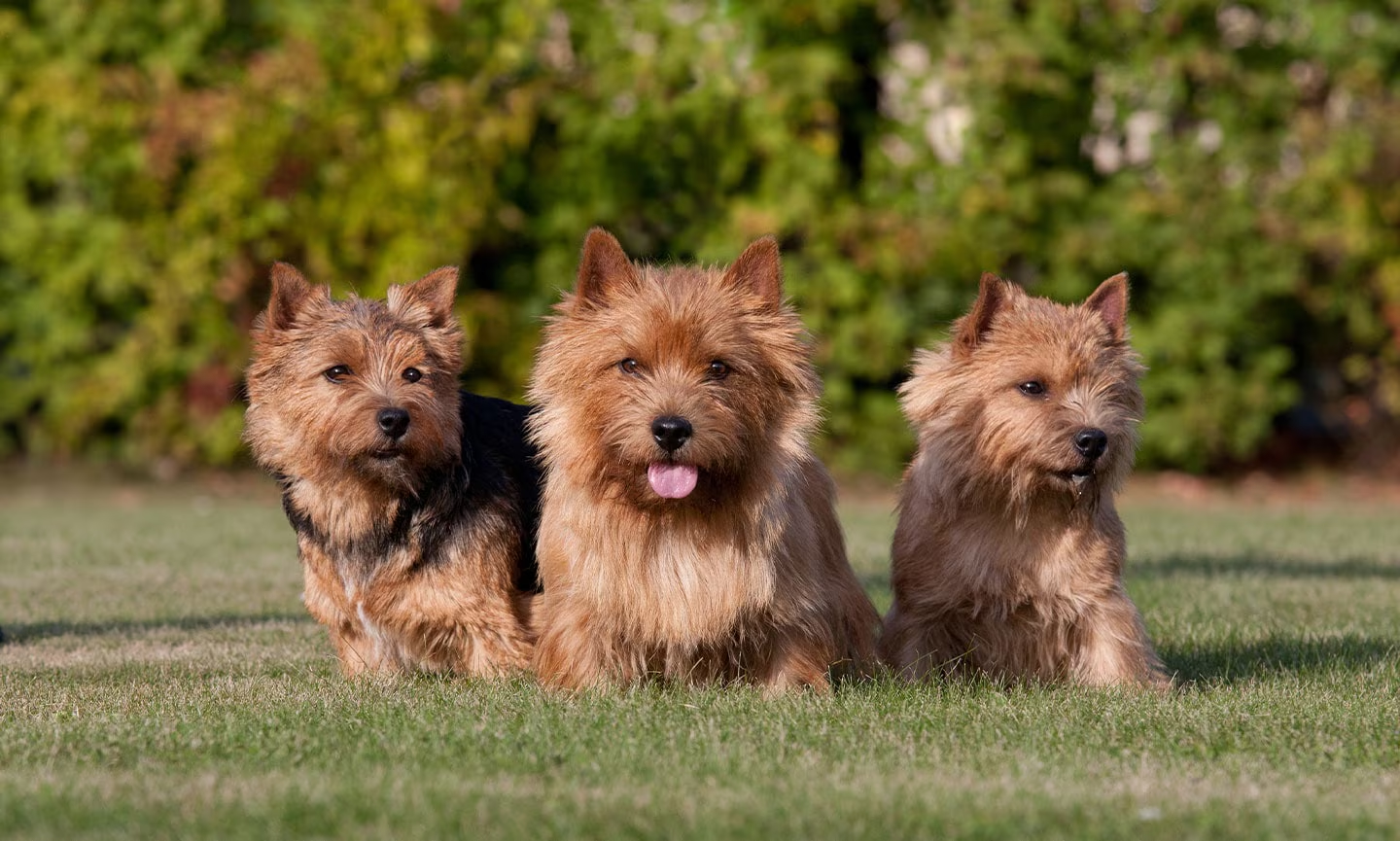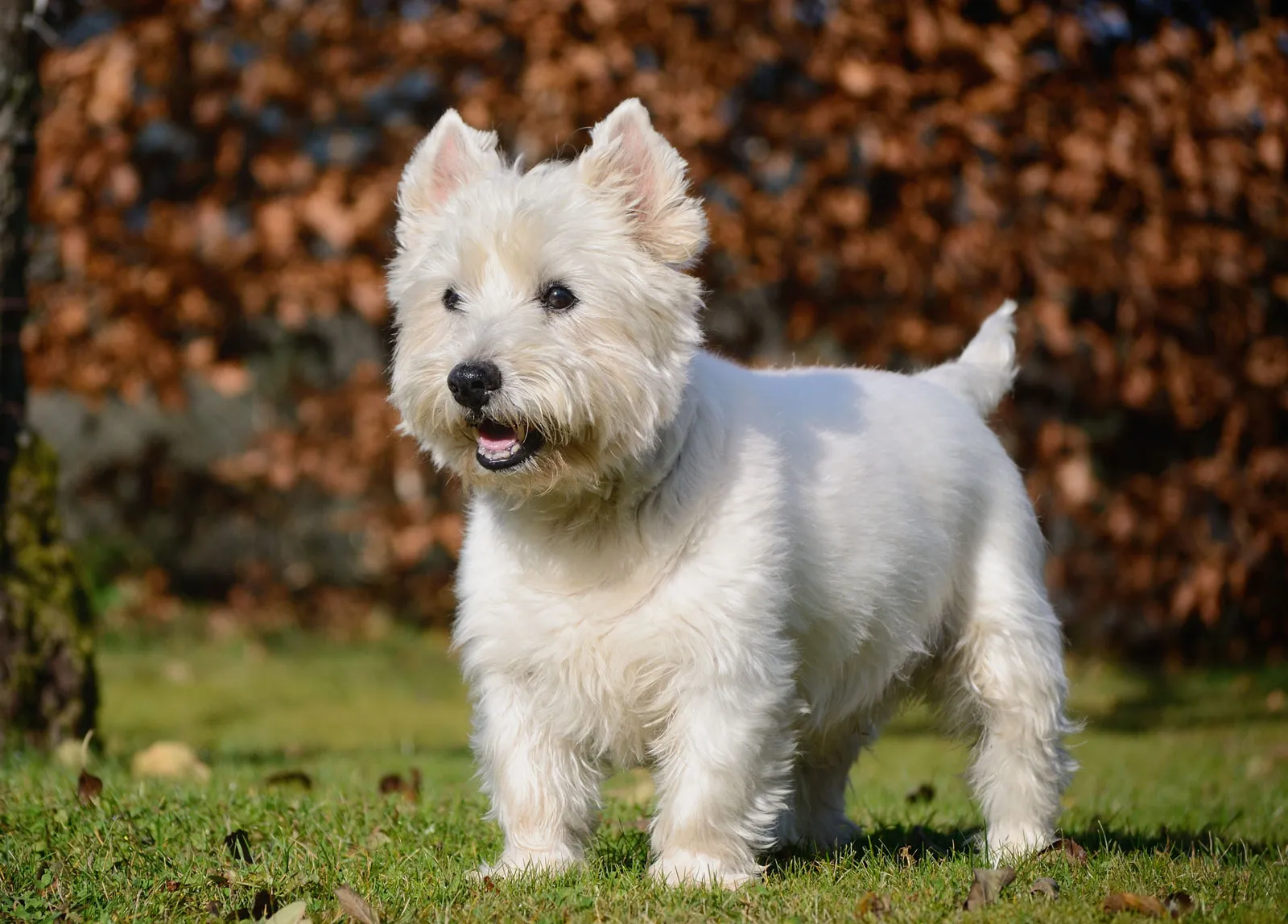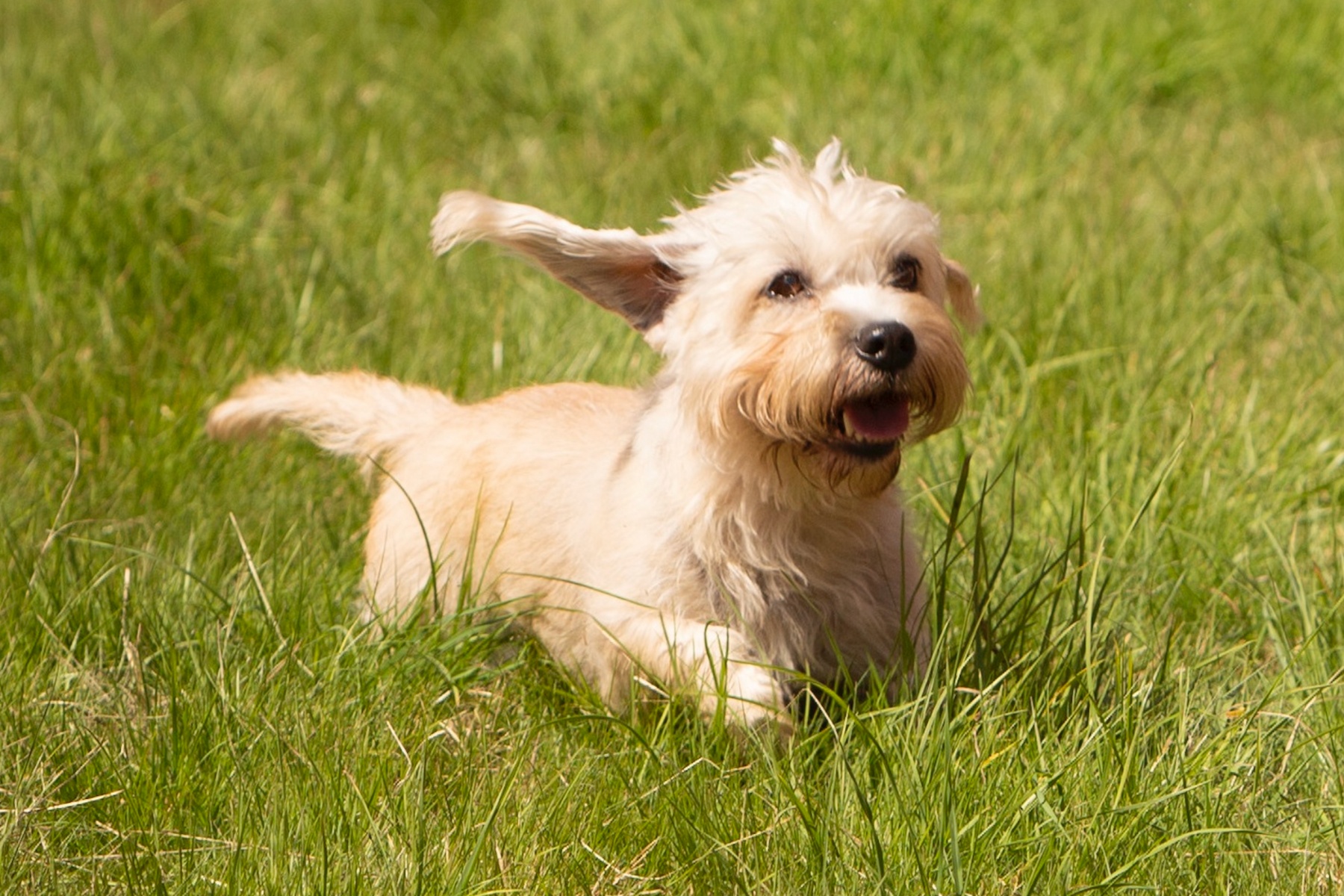Alright, let’s talk about a dog with serious swagger in a small package – the Scottish Terrier! These iconic pups, with their distinctive silhouette, bristly coat, and oh-so-serious eyebrows, have captured hearts for centuries. If you’re thinking of welcoming one of these charming characters into your life, or you’re simply curious about this tenacious terrier, you’ve come to the right place. Consider this your ultimate rundown on everything you need to know about the one and only Scottie!
A Little Bit of History: Where Did These Dapper Dogs Come From?
To truly understand the Scottish Terrier, it helps to peek into their past. Hailing from the rugged highlands of Scotland (surprise!), these sturdy little dogs were originally bred to hunt vermin like foxes, badgers, and other small critters. Their short legs and wiry coat were perfect for navigating the dense underbrush and harsh terrain.
Back in the day, different regions of Scotland had their own variations of these earth-working terriers. The breed we know today as the Scottish Terrier really started to solidify in the late 19th century. They quickly became popular both in Scotland and beyond, known for their courage, determination, and that undeniably dignified air. Fun fact: Scotties even became a favorite of several US Presidents, adding to their iconic status!
What Does a Scottish Terrier Look Like? That Unmistakable Silhouette!
You’d recognize a Scottish Terrier anywhere, right? They’ve got a very distinct look:
- Low-Slung and Sturdy: They’re a compact and muscular breed, with short, powerful legs that give them a ground-hugging appearance. Don’t let their size fool you – they’re surprisingly strong!
- Wiry, Weather-Resistant Coat: Their double coat is one of their defining features. The outer coat is hard and wiry, providing protection from the elements, while the undercoat is soft and dense.
- That Iconic Beard and Eyebrows: Oh, those eyebrows! The longer hair on their muzzle and above their eyes gives them that perpetually thoughtful, sometimes even a little grumpy, expression that we all adore.
- Erect Ears and Tail: They typically have small, prick ears and a docked tail (though this practice is becoming less common in some regions) that they often carry jauntily.
- Color Palette: The most common colors you’ll see in Scottish Terriers are black, wheaten (a light, yellowish color), and brindle (a mix of dark and light hairs).
The Scottie Temperament: Independent, Loyal, and Full of Character!
Now, let’s get to the good stuff – what are Scottish Terriers really like? They’re not your typical overly eager-to-please lapdog. Scotties have a unique personality that’s often described as:
- Independent and Strong-Willed: Bred to work independently, they have a mind of their own. This can make training a bit of a fun challenge (consistency and positive reinforcement are key!).
- Loyal and Devoted: While they might not shower you with constant cuddles, Scotties form deep bonds with their families and are fiercely loyal companions. They can be quite protective of their loved ones.
- Courageous and Determined: That terrier spirit is strong in them! They’re brave little dogs who aren’t afraid to stand their ground.
- Dignified and Reserved: They often have a somewhat serious and dignified demeanor. They might not be overly enthusiastic greeters to strangers, but they’re usually polite.
- Playful (in their own way): While they enjoy their naps, Scotties do have a playful side, especially with their families. They often enjoy toys and a good romp in the yard.
- Can be a bit stubborn: Yep, it’s worth mentioning again! Their independence can sometimes translate to stubbornness, so patience and consistent training are crucial.
- Potential for Prey Drive: Given their history as hunters, they can have a strong prey drive, meaning they might be tempted to chase small animals. Secure fencing is a must!
Living with a Scottish Terrier: What to Expect
Bringing a Scottish Terrier into your home is a rewarding experience, but it’s important to be prepared for their specific needs:
- Exercise Needs: While not overly high-energy, Scotties still need regular exercise to stay happy and healthy. Daily walks and some playtime in a secure area are important. They enjoy exploring and sniffing around.
- Grooming: That wiry coat requires regular attention. Weekly brushing is essential to prevent mats and tangles. They also need professional grooming every few months, which typically involves stripping the coat to maintain its texture and appearance.
- Training: Early socialization and consistent training are crucial for Scotties. Their independent nature means they need a patient and firm hand. Positive reinforcement methods work best. They can excel in activities like earthdog trials and obedience (with the right motivation!).
- Socialization: Exposing your Scottie to a variety of people, places, and sounds from a young age is important to ensure they develop into well-adjusted adults.
- Apartment Living? Scotties can adapt to apartment living as long as they get enough exercise and mental stimulation. However, they can be prone to barking, so early training to manage this is important.
- Family Life: Scotties can be good family dogs, but they often bond most strongly with one or two people. They can be a bit reserved with young children, so early socialization and teaching children how to interact respectfully with the dog are key.
- Potential for Digging: Those terrier instincts can sometimes lead to digging. Providing them with appropriate outlets for this behavior and ensuring secure fencing is important.
Health Considerations: What to Watch Out For
Like all breeds, Scottish Terriers can be predisposed to certain health conditions. Being aware of these potential issues can help you provide the best care for your furry friend:
- Scotty Cramp: As mentioned in the health testing section, this is a unique neurological condition specific to the breed.
- Craniomandibular Osteopathy (CMO) or “Lion Jaw”: A developmental bone condition affecting the jaw.
- Patellar Luxation: Slipping kneecaps.
- Hypothyroidism: Underactive thyroid gland.
- Bladder Cancer (Transitional Cell Carcinoma): Unfortunately, Scotties have a higher risk for this type of cancer.
- Cushing’s Disease (Hyperadrenocorticism): Overproduction of cortisol.
- Allergies: Skin allergies can be common.
Choosing a reputable breeder who performs Scottish Terrier health testing on their breeding stock can significantly reduce the risk of some of these inherited conditions. Regular veterinary check-ups are also essential for early detection and management of any health issues.
Are Scottish Terriers the Right Breed for You?
Scottish Terriers are wonderful dogs with a unique charm and a whole lot of personality. They can be fantastic companions for owners who appreciate their independence, loyalty, and spirited nature. However, they’re not the right fit for everyone. Consider these points:
- Are you prepared for a dog with an independent streak and potential for stubbornness?
- Are you willing to invest time and patience in consistent training?
- Can you commit to regular grooming, including professional stripping?
- Can you provide them with adequate exercise and mental stimulation?
- Are you aware of the potential health concerns associated with the breed?
If you’ve answered yes to these questions and you’re drawn to that dignified demeanor and unwavering loyalty, then a Scottish Terrier might just be the perfect addition to your family! They’re more than just a cute face; they’re intelligent, courageous, and deeply devoted companions who will bring a unique brand of joy to your life. So, are you ready to welcome a wee warrior into your heart and home?




